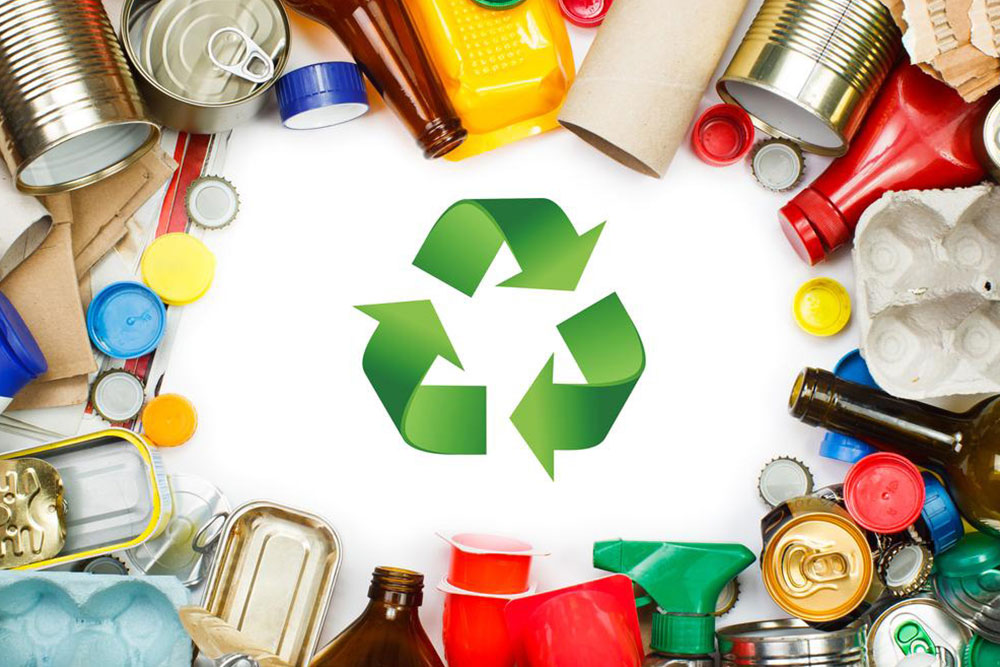The Critical Importance of Paint Recycling Facilities for Environmental Sustainability
Paint recycling facilities are vital for sustainable waste management, transforming leftover paints into valuable resources and reducing environmental hazards. These centers promote eco-friendly disposal, support community projects, and comply with laws like EPR. Participating in responsible disposal practices not only benefits the environment but also fosters social good. As awareness of environmental impact increases, paint recycling is becoming an essential part of modern eco-conscious living, helping to minimize pollution and conserve natural resources effectively.

Understanding the Essential Role of Paint Recycling Centers in Environmental Conservation
In the aftermath of a painting project, whether it’s for residential, commercial, or artistic purposes, a significant portion of leftover materials often remains—these include unused paints, brushes, spray cans, thinners, and other accessories. Unfortunately, many individuals and businesses tend to overlook the proper disposal methods for these leftovers, opting instead to store them in basements, garages, under stairs, or simply discarded improperly. This improper storage or disposal not only leads to clutter but also poses serious threats to environmental health and public safety.
Paint recycling facilities play a pivotal role in addressing these issues by offering an eco-friendly and responsible solution for managing leftover paints. These centers accept small quantities of leftover paint from homeowners, contractors, and businesses, with the goal of reducing waste and promoting sustainability. Once collected, the paints are processed and transformed into usable resources, which can be repurposed for various community projects, eco-friendly products, or safe disposal.
The importance of such facilities cannot be overstated, especially considering the environmental hazards posed by improper disposal methods, such as pouring paint down drains or dumping in regular trash. These practices can contaminate soil, water bodies, and harm wildlife and human health alike. Paints often contain hazardous chemicals like volatile organic compounds (VOCs), heavy metals, and other toxic substances that can persist in the environment if not disposed of properly.
To mitigate these risks, many countries, including the United States, have established comprehensive laws and programs to promote paint recycling and responsible disposal. Notably, Extended Producer Responsibility (EPR) laws require paint manufacturers to participate actively in waste management initiatives, ensuring that excess or unusable paints are systematically collected, recycled, or disposed of safely. These regulations foster a circular approach, where leftover paints are not simply discarded but are treated as potential resources.
In practice, organizations such as PaintCare, a nonprofit committed to responsible paint stewardship, collaborate with hardware stores, home improvement centers, and retail outlets to facilitate the collection of used paints. These collected materials are then routed to specialized companies like GDB International, Amazon Environmental, and Visions Paint Recycling. These companies utilize advanced processes to recycle the paints, creating environmentally friendly products such as recycled paint for refurbishing projects, decorative coatings, or even industrial applications. The quality of these recycled products often meets rigorous standards, ensuring safety and durability.
Furthermore, charitable organizations like The Global Paint for Charity play an influential role by collecting leftover paints to benefit underserved communities. These paints are donated to schools, hospitals, and vulnerable families, fostering social impact alongside environmental benefits. This practice not only reduces waste but also constructs a sustainable cycle where unused resources are turned into opportunities for community development and support.
Participating in responsible paint disposal practices benefits everyone involved—from individual homeowners to large corporations—and ultimately contributes to a cleaner, healthier environment. It is incumbent upon consumers, contractors, and companies alike to understand the importance of recycling paints and to actively support the infrastructure that facilitates these sustainable practices. Education about the risks of improper disposal and awareness about available recycling options are critical steps toward a greener future.
In conclusion, paint recycling facilities are a cornerstone of sustainable environmental management. They serve as practical solutions to reduce waste, prevent pollution, and conserve natural resources. As awareness grows and regulations become more robust, the future of paint disposal looks increasingly eco-friendly, ensuring cleaner communities and a healthier planet for generations to come.





